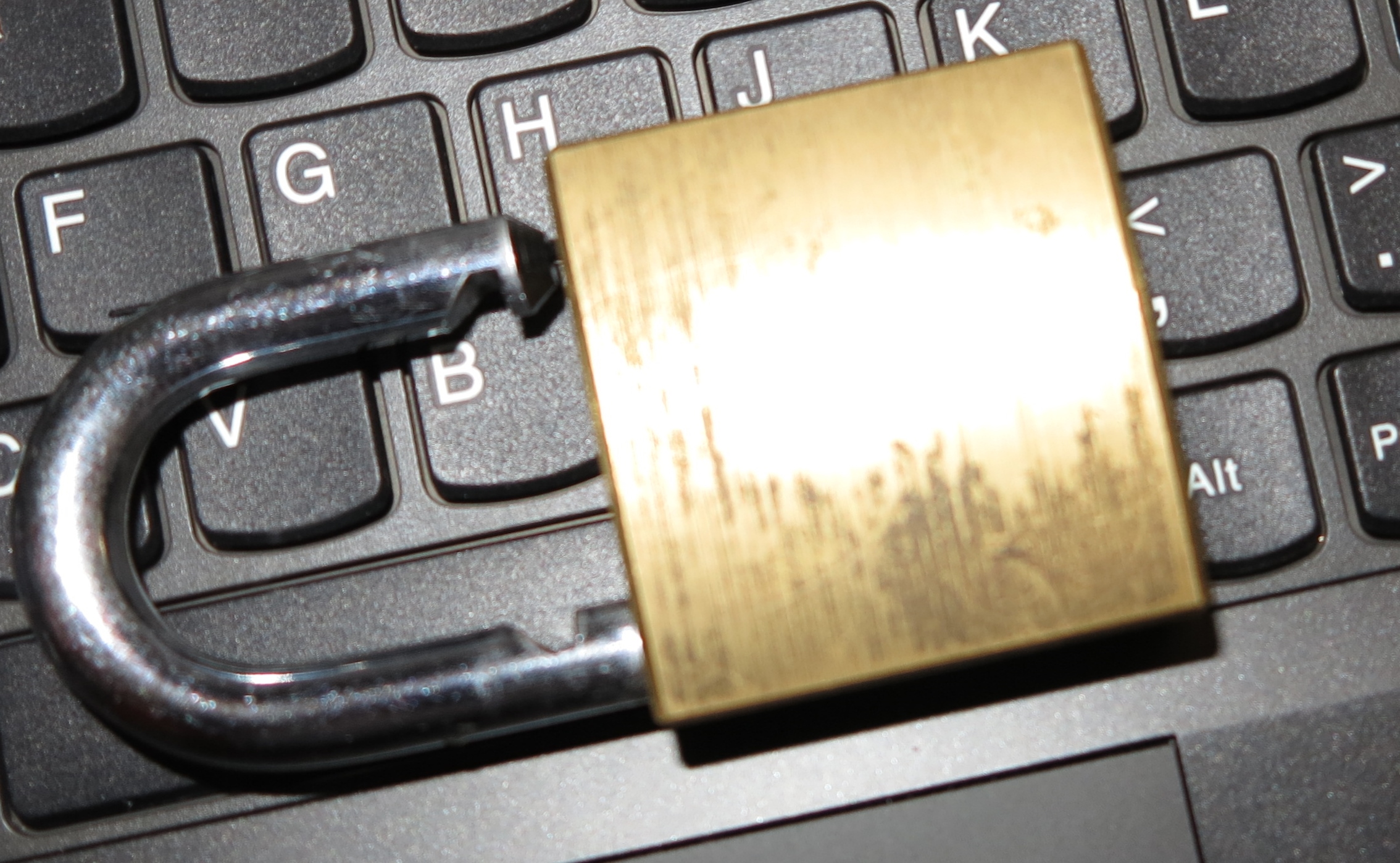Article
![Map of Europe By User:mjchael by using preliminary work of maix¿? [CC-BY-SA-2.5 (http://creativecommons.org/licenses/by-sa/2.5)], via Wikimedia Commons](https://homenetworking01.info/wp-content/uploads/2014/06/512px-Blank_map_europe_coloured.svg_-300x229.png)
The European Union will make steps towards a secure-by-design approach for hardware, software and services
Smarthome: EU führt Sicherheitszertifikate für vernetzte Geräte ein | Computer Bild (German Language / Deutschen Sprache)
From the horse’s mouth
European Commission
EU negotiators agree on strengthening Europe’s cybersecurity (Press Release)
My Comments
After the GDPR effort for data protection and end-user privacy with our online life, the European Union want to take further action regarding data security. But this time it is about achieving a “secure by design” approach for connected devices, software and online services.
This is driven by the recent Wannacry and NotPetya cyberattacks and is being achieved through the Cybersecurity Act which is being passed through the European Parliament. It follows after the German Federal Government’s effort to specify a design standard for routers that we use as the network-Internet “edge” for our home networks.
There will be a wider remit for EU Agency for Cybersecurity (ENSA) concerning cybersecurity issues that affect the European Union. But the key issue here is to have a European-Union-based framework for cybersecurity certification, which will affect online services and consumer devices with this certification valid through the EU. It is an internal-market legislation that affects the security of connected products including the Internet Of Things, as well as critical infrastructure and online services.
The certification framework will be about having the products being “secure-by-design” which is an analogy to a similar concept in building and urban design where there is a goal to harden a development or neighbourhood against crime as part of the design process. In the IT case, this involves using various logic processes and cyberdefences to make it harder to penetrate computer networks, endpoints and data.
It will also be about making it easier for people and businesses to choose equipment and services that are secure. The computer press were making an analogy to the “traffic-light” coding on food and drink packaging to encourage customers to choose healthier options.
-VP Andrus Ansip (Digital Single Market) – “In the digital environment, people as well as companies need to feel secure; it is the only way for them to take full advantage of Europe’s digital economy. Trust and security are fundamental for our Digital Single Market to work properly. This evening’s agreement on comprehensive certification for cybersecurity products and a stronger EU Cybersecurity Agency is another step on the path to its completion.”
What the European Union are doing could have implications beyond the European Economic Area. Here, the push for a “secure-by-design” approach could make things easier for people and organisations in and beyond that area to choose IT hardware, software and services satisfying these expectations thanks to reference standards or customer-facing indications that show compliance.
It will also raise the game towards higher data-security standards from hardware, software and services providers especially in the Internet-of-Things and network-infrastructure-device product classes.


